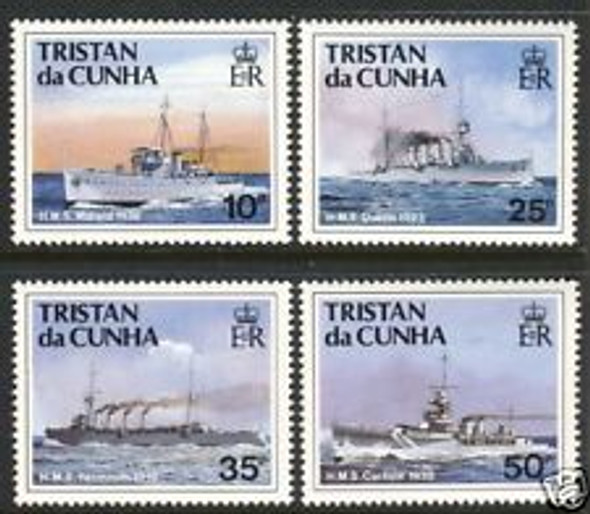Description
|
There are few tragedies that have had such a devastating effect on any world community than the 1885 Tristan Lifeboat Disaster. It was the most terrible disaster ever recorded in the island's history and to this day remains a mystery. With the loss of regular shipping and trading opportunities, almost all of Tristan's able bodied men, 15 in total, decided to attempt to trade with the iron barque West Riding when it sailed off the island on 27 November, despite rough seas. The West Riding was on route from Bristol to Sydney and decided to call at Tristan to collect water. The islanders put out to sea in a new ship's lifeboat donated by the British Government to Tristan for helping shipwrecked people. They had some livestock and potatoes in the boat which they hoped to barter for flour and groceries. They rowed out of sight eastwards, beyond Big Point and were never seen again. Mr Peter Green, aged 77, watched from shore and wrote his account of the tragedy the next day. "On this day a ship came to Tristan. She could not fetch up to the settlement. When she got in shore she was about three miles from us to the eastward. Our lifeboat went off to her with sheep, potatoes, geese etc. When the boat got near the ship she hove back; the boat was alongside the ship some time, then the ship stood out from the land. We could see our lifeboat towing astern of the ship. She stood out about four miles. When she came in again she got so far to the eastward that she was lost to our view. We were watching for the boat all that night, but no boat made her appearance." "Next morning two parties went round the island by land. They could see nothing of the boat. She had all our best boatmen in her. If the boat and crew is lost it will make Tristan an island of widows, for it would make 13 widows. I had three sons, Jacob, Jeremiah & William, three grandsons, three brothers-in-law and one son-in-law in the lifeboat". However Captain William Thomas, of the West Riding, gave a Sydney newspaper, in January 1886, a different version of the incident. "On November 27th, at 4am, saw the island of Tristan da Cunha, S.E. by S. true, there being at the time strong squalls with a heavy sea, though the weather was clear. A sailing boat was sighted steering for the vessel, being then distant about six miles from the settlement. Captain Thomas immediately took in sail and had his ship brought to the wind on the port tack. At 7.40am, when the boat was on the barque's port quarter, distant one and a half miles, its sailing mast suddenly disappeared. The boat was afterwards seen apparently making towards the vessel with paddles. Thinking some accident had happened, Captain Thomas made sail, and stood towards the supposed spot where the boat was first seen; but although the ship cruised in the vicinity for two hours she failed to discover any vestige of it or its occupants. The vessel was rolling dreadfully, broadside on to the sea and it was found impossible to communicate with the island, Captain Thomas not deeming it prudent to launch a boat. At 10am, believing that nothing could be done to assist anyone, Captain Thomas kept the vessel away on her course." From the stories we have heard on the island no-one survived, no bodies were recovered and nothing was found of the lifeboat. Some islanders believed that the 15 men were taken on-board the West Riding and sold as slaves in Australia. Others say that they drowned but no one knows what really happened. |
|









